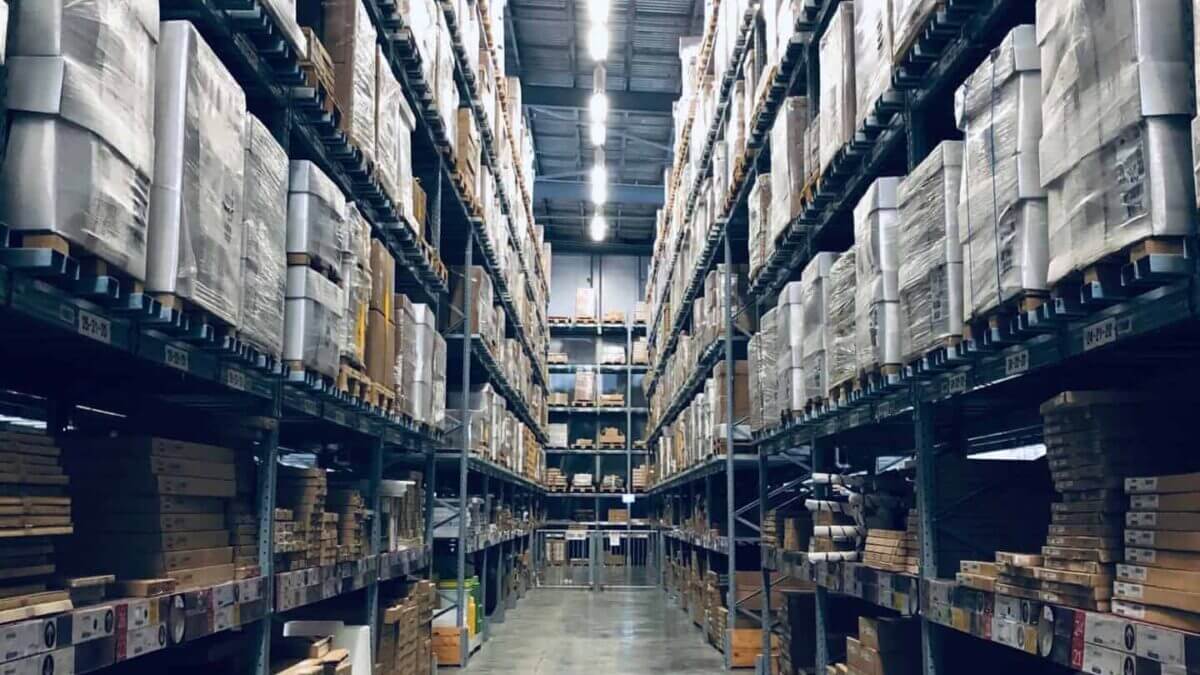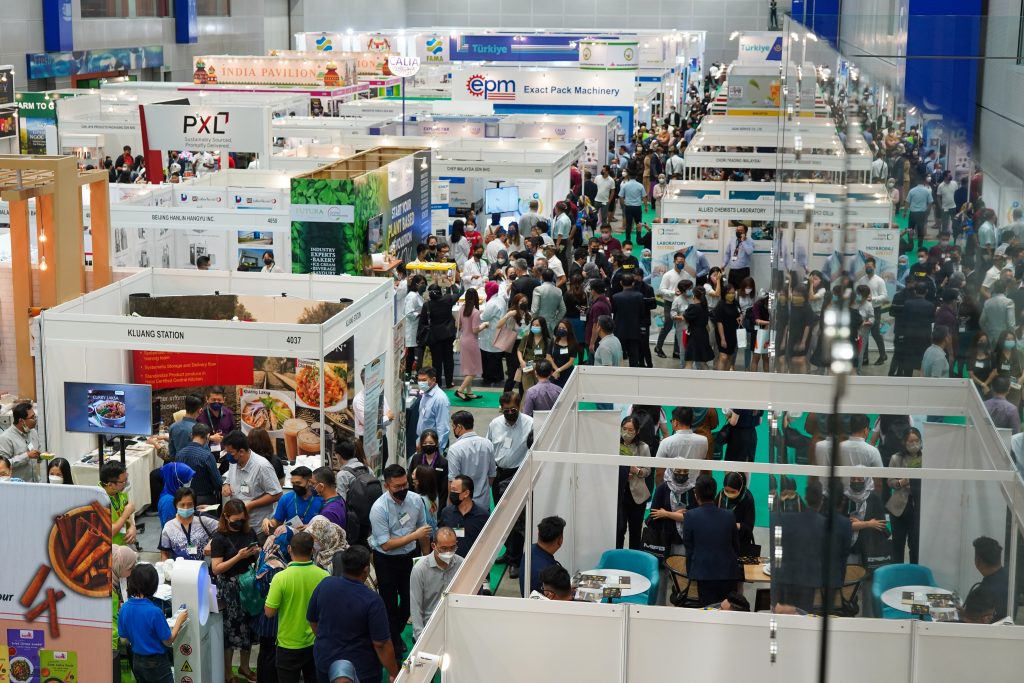Food distribution involves a variety of companies, organisations, and programmes that collect food from producers and storing it in warehouses.
This is then delivered to manufacturers, grocery stores, restaurants and the regular consumer prowling the morning wet market in search of fresh food to cook for lunch.
However, anything can go wrong from farm to table and technology can address operational efficiencies and quality improvement in daily supply chain activities. In fact, technology is becoming cheaper and more commoditised, meaning it will eventually replace all traditional methods.
There are many ways technology has been transforming supply chain management in the F&B industry.
In this data-driven world, technology can capture data for both real-time and later-time analytics which are essential in decision making.
Process automation in warehouses can be done using scanners, barcode readers and even robotics. They can even interface with most vendor-supplied warehouse software. Those in the food supply chain need the latest tools to keep track of inventory positions using artificial intelligence and other related technologies.
Organising the data into a central system allows you to assess the performance of your supply chain, risk areas, and opportunities.
Some F&B companies use warehouses to store food for short periods of time, while others may only use refrigerated trucks to transport goods directly to their customers. The timeframe and method of transport depend entirely on the kind of product being distributed.
A key methodology is a track and trace, which has the ability to track food through the entire food supply chain from farm to fork.
This can not only help get fresh food fast to consumers, but it can also be used to quickly trace a product back to its source if there is a recall or other problem affecting the product.
Modern warehouse information systems can check where an item came from, who supplied it and track the item until it reaches the customer.
Tracking can take place using logistics sensors attached to pallets, boxes and trailer compartments. These sensors not only pinpoint the exact location of an item but also the temperature, humidity, and tampering of the containers containing perishables and other products. Some of them can issue auto alerts as soon as conditions differ from the set ideals, so that food safety hazards can be resolved immediately.
Data can also be kept and used later in non-real time analytics. In this case, data from supply chain operations are collected in a central database accessible by supply chain stakeholders. This means that everyone has access to the same set of information and reporting is consistent.
The software can streamline many of these processes and ensure that all relevant and required information is captured along the entire supply chain.
User dashboards and reports can be developed and these can tell you if you’re within budget for logistics or if food spoilage is on the horizon.
Millennials are driving companies to use technology on the farm as they want transparency and to know where their food came from and what chemicals were used in the process.
Of course, you can only benefit from technology if you adopt it, something a lot of small and medium enterprises (SMEs) are slow to embrace. It is not always about the cost factor when it comes to utilising state-of-the-art methods in the F&B industry.
Plenty of SMEs is unaware of what sort of technology can help them reach where they want to get in terms of their business goals.
Bigger businesses have the resources and cash to equip themselves with the latest technological advances. However, the organisation is sometimes so compartmentalised that they fail to achieve the end-to-end vision for their supply chain.
Ultimately, every food supply chain participant has its own unique challenges and advantages. The key is finding the right technology “mix” to make your supply chain better.
MYFOODTECH provides all kinds of food technology business solutions to you under one roof. If you are planning to expand your business to showcase your food technology MYFOODTECH is the place for you.



